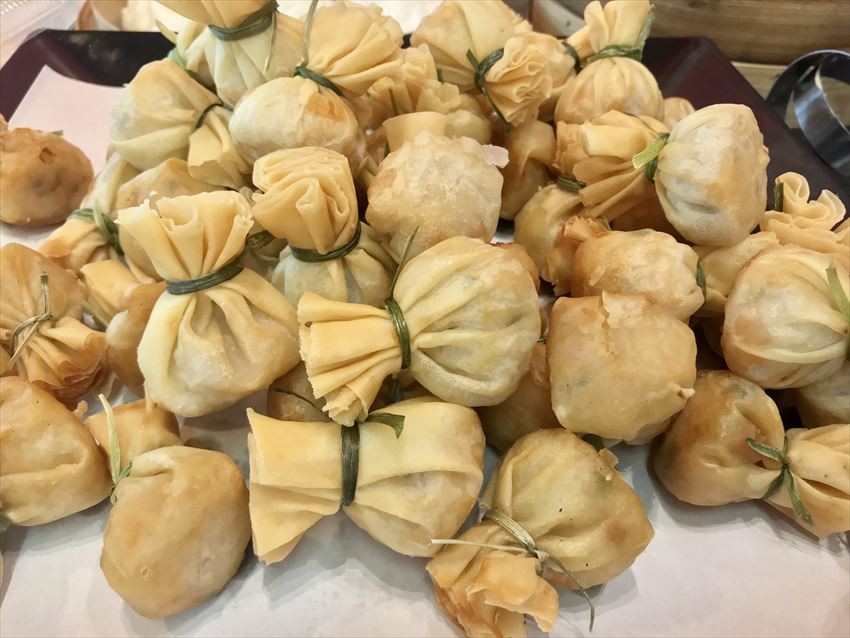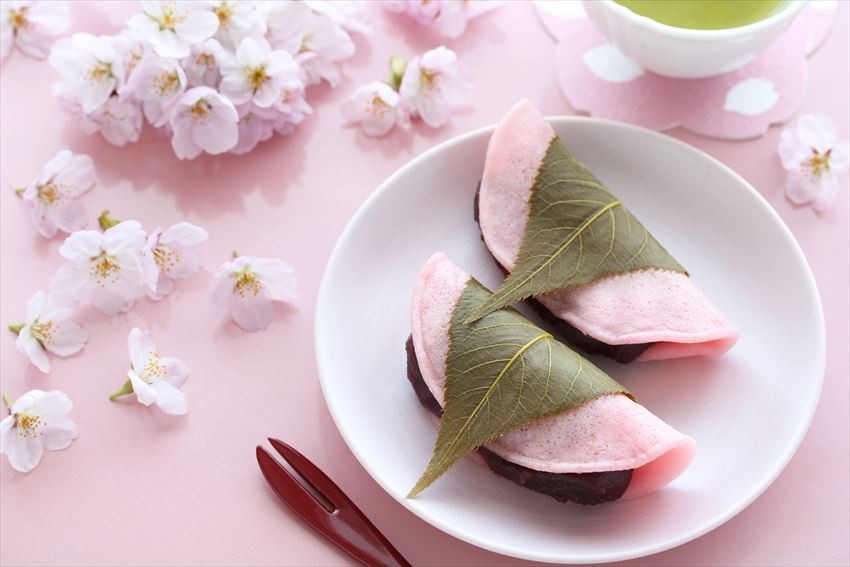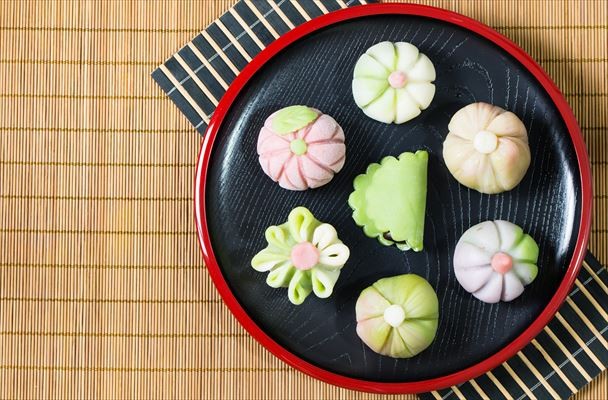In Japan, there are various kinds of Wagashi (和菓子) such as Dango, Yokan, and Dorayaki, which are loved by many. The Japanese confectionery till today has been influenced by “Togashi (Tang’s sweets)” from China, “Nanbangashi” from Portugal as well as “Seiyokashi (western sweets)” following the civilization and enlightenment. There are also many other local Wagashi like the Gohei-mochi (from Chubu regions such as Nagano Prefecture and Gifu Prefecture), Zunda-mochi (from Miyagi Prefecture), and Uiro (from Aichi Prefecture).

Introduction of “Togashi” into Japan by Kentoshi (Japanese delegates to China)
In ancient times, “Mochi” and “Dango” were made from grains, but during the 7th~9th century, Kentoshi (遣唐使), coming back from China, had introduced Tang’s confectionery in Japan. These confectioneries were made by adding sweeteners into grains such as flour and rice flour, molded, and then deep-fried. Many were for the enshrined deities. Then, when tea was introduced, “dim sum”, a kind of refreshment served during tea ceremonies was widely spread nationwide. Among some of these confectionaries are Senbei, Awamochi, and Yokan.

Introduction of Castella and other “Nanbankashi” into Nagasaki
In the 16th century, “Nanbankashi (南蛮菓子)” such as Castella, biscuits, bolo, and Konpeito were introduced and further arranged, evolved, and established in Japan. During the Edo (江戸) period, “Kyogashi (Kyoto confectionery)” of Kyoto and “Jyogashi” of Edo were born. Both Kyogashi and Jyogashi were, at first, for the consumption of the upper classes such as the palace and court nobles, but gradually became widespread among the common people. Also, along with the popularization of seasonal festivals which were celebrated by the buke (samurai) and palace inhabitants, like the Hina Matsuri on the 3rd of March and Tango (端午) on the 5th of May to the public, Chimaki, Hishi-mochi, and Manju have also spread across the country. Most of the Wagashi nowadays were created during the Edo period.

Introduction of Yogashi in the Meiji Period and its influence on Wagashi
During the Meiji Period (明治時代), western confectionery (Yogashi) such as sponge cakes and biscuits were introduced into Japan, and it is said that they brought great influence on the development of wagashi. Especially with the introduction of ovens which are used in the making of Yogashi, “baked” wagashi like Kurimanju (chestnut bun) were created. Today, in Japan, confectionery is divided into 2 groups: “Yogashi” for sweets from Europe such as shortcakes, Mont Blanc, cheesecake, and cream puffs, and “Wagashi” for sweets created in Japan like Dango(団子), Yokan (羊羹) and Manju(饅頭).

Comments